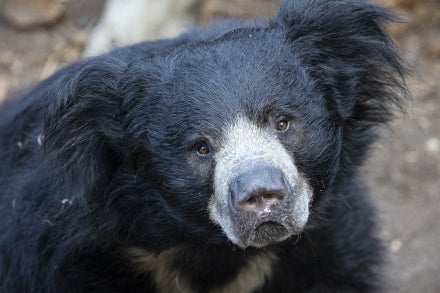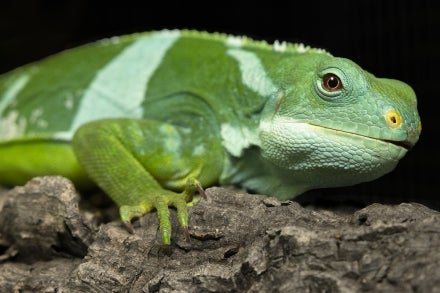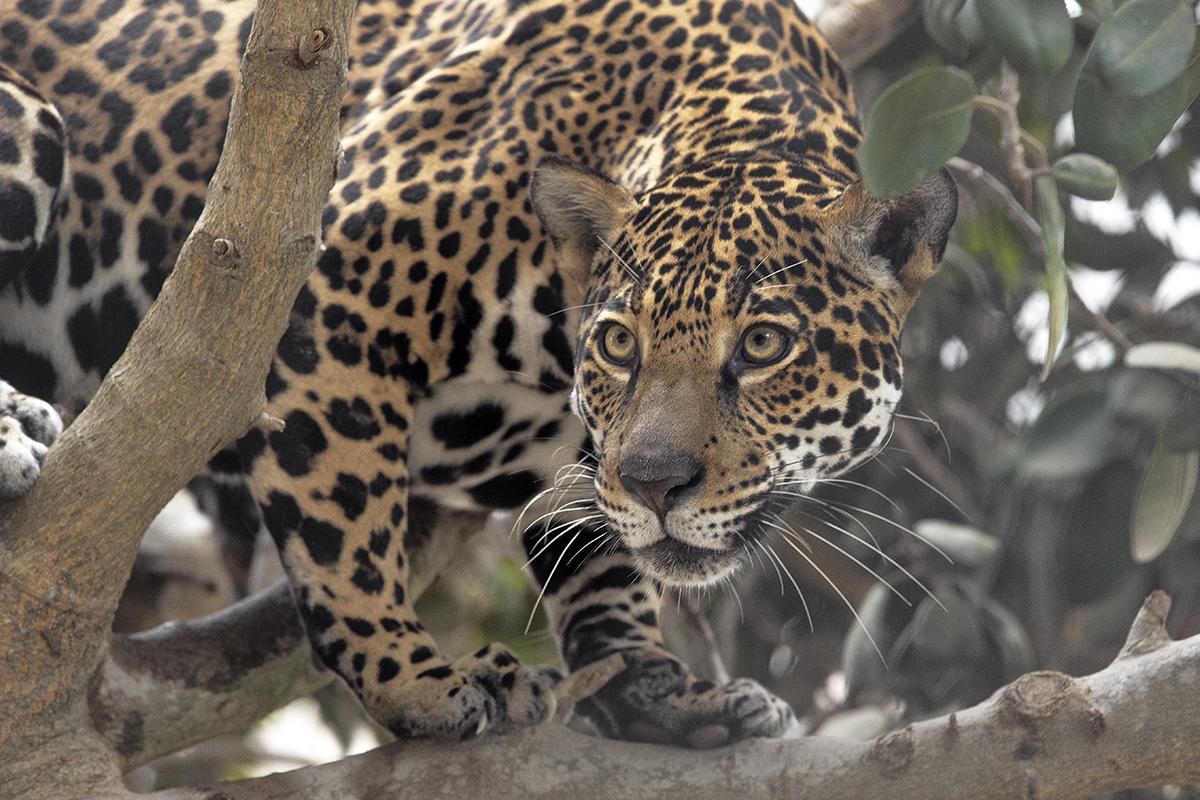
In the lush expanse of the Peruvian Amazon, a new dawn of conservation and cooperation has emerged, centered around the majestic, yet often misunderstood, jaguar. Regions like Loreto and Madre de Dios, previously marked by conflict between humans and jaguars, are now the backdrop for groundbreaking workshops aimed at fostering human-jaguar coexistence.
The Call of the Jaguar
It’s 2 a.m., and Don Robinson, president of the Association of Agricultural Producers of Lower Madre de Dios, awakens to the sounds of his dogs barking and unsettling noises outside. He grabs his flashlight and rushes out to see what’s happening, haunted by memories of past losses to the silent jaguars. However, this night is different. He approaches the chicken coop and observes large jaguar footprints in the mud, but the chickens are unharmed—safe—thanks to the newly implemented protective measures. This incident, a small victory in the grand scheme, reflects the compromise and evolving relationship between the local community and the surrounding wildlife.
During summer 2023, like other neighbors in the community, Don Robinson suffered the loss of various domestic animals, including backyard birds and his six guardian and companion dogs. In more than one of these events, neighbors identified a jaguar as the cause of the losses. Like on other occasions, these recurring events caused great unrest in the community. Although opinions on what to do with the felines were diverse, the community opted to look for ways to prevent these situations and avoid causing harm to the big cats by contacting the regional Wildlife Authority of Madre de Dios and the Jaguar Project team from San Diego Zoo Wildlife Alliance.
This scenario is lived daily in the Peruvian Amazon, a region where interactions between humans and wildlife are extremely frequent. The distance between the living spaces of people and jaguars can be extremely narrow—even more so, considering the adaptive capacity of this felid, which in Peru is found both in preserved forests and disturbed areas, including urban areas or communities like that of Don Robinson, located less than two miles from Puerto Maldonado, the capital of the Madre de Dios region.
Negative interactions between people and jaguars generate socioeconomic damage in communities, which historically, by not having support or assistance for the management of these situations, end up eliminating the predators. In this sense, our project identified that the main motivations behind these actions are related to retaliation after the loss of domestic animals.
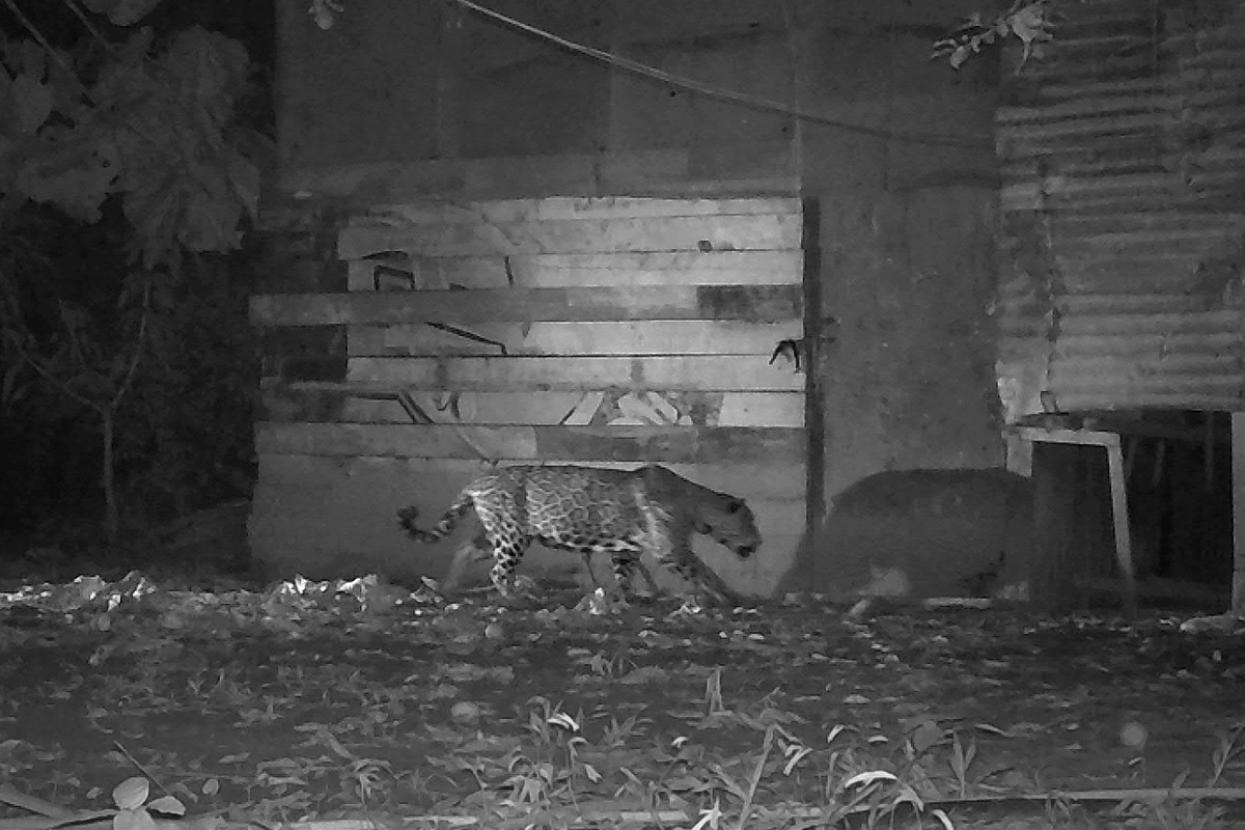
The Big Picture: "La Tigresa," the first female jaguar identified by the trail cameras installed in Bajo Madre de Dios.
Building Bridges in the Amazon
The small victories like the one observed by Don Robinson are not by accident, but the result of meticulous planning and collaboration. In response to the escalating human-jaguar conflicts, government officials, community members, conservationists, and academics came together to forge a new path forward. The first-ever Planning for Human-Jaguar Coexistence workshops in Loreto and Madre de Dios were instrumental in this shift. Here, diverse voices—once isolated by geography and perspective—shared their experiences, fears, and hopes.
Crafting a Coexistence Strategy
Between July and November 2023, our team carried out two Human-Jaguar Coexistence Planning Workshops under the Planning for Coexistance approach—the first in Loreto, and the second in Madre de Dios. Being the first time that such meetings were held in the country, they promoted not only the conservation of this important species, but also the well-being of the people with whom they share the living ground.
The workshops took place over three days, and authorities, representatives of communities that experienced negative interactions, native federations, farming associations, and cooperating institutions such as universities and non-governmental organizations met to generate a strategic plan.
In these workshops, participants collaboratively developed processes through a comprehensive situational assessment. They pinpointed the primary drivers of human-jaguar interactions, identified key areas requiring attention, and established clear objectives. Together they crafted strategic plans finely tuned to the actual conditions and the specific socioecological complexities of each region. The proposed strategies included a range of initiatives, from strengthening authorities for incident attention to protective measures for domestic animals and launching targeted community education programs, all designed to align with the unique ecological and cultural landscape of each Amazon region.
The workshops were more than a forum for dialogue; they were a crucible for change. Participants developed two strategic plans (one for each region) that laid the groundwork for future action. These plans were a testament to the power of collective insight, drawing on the unique contributions of each attendee to address the nuanced challenges of living alongside jaguars. Of course, one of the participants of the workshop in Madre de Dios was Don Robinson, who shared the situation of his community and how they were committed to seeking change in a harmonious way.
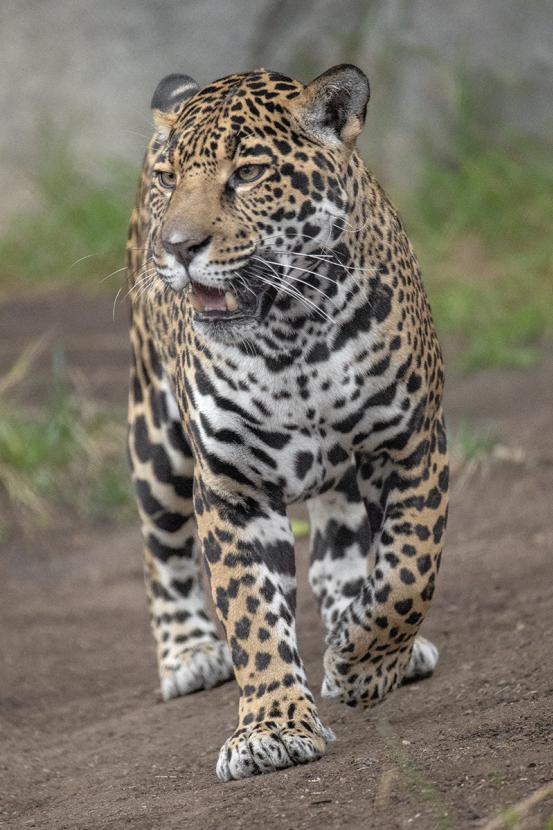
Meet the Locals: Jaguars are a common sight in the Bajo Madre de Dios region.
From Planning to Action
After the workshops, various meetings were held to share the findings of the workshop with other groups, including other communities. Empowered by a unified vision, the process of identifying communities interested in the implementation of pilot projects to test and refine solutions for mitigating jaguar conflicts began.
Given the historically negative interactions with jaguars, and the interest and commitment to seek harmonious alternatives for the mitigation of incidents with jaguars, the community of Don Robinson was the flag bearer, and with whom the pilot projects in the field began. They started the process with a situational diagnosis of the interactions with jaguars, using tools from social sciences and natural sciences, from interviews to trail cameras. In a collaborative effort to understand the situation and propose alternatives for change, planning workshops, similar to those carried out for the region, were held, defining objectives and generating a community strategy with later actions and commitments to fulfill the changes.
Currently, we continue working with the community, where a plan for coexistence has been designed. The plan includes the implementation of protection measures for domestic animals, training workshops on the management of backyard poultry and companion animals; and animal health campaigns to prevent the transmission of diseases to humans or to wildlife species such as the jaguar, with whom they share the space.
A Beacon of Hope
Today we can see the impact of the efforts made during the last years extends beyond the immediate benefits of conflict reduction. They represent a significant advancement in the way coexistence is approached in the Amazon—integrally and inclusively. The enduring partnerships formed through these workshops (regional and communal) have not only protected local livelihoods and people, but have also ensured jaguars roam the forest more safely, symbolizing a balance between human needs and wildlife preservation.
As these initiatives evolve, they continue to inspire similar efforts around them. The story of Don Robinson and his protected chickens is an important one that highlights the profound impact of cooperation and commitment. Other communities have learned from them that situations can be managed and changed with effort and commitment.
Don Robinson notes that “when the jaguars are absent, the huanganas (white-lipped peccaries) and sajinos (collared peccaries) ravage our crops, so we need to find a balance. When the jaguars are present, they keep the huanganas at bay.” He commented that the community is interested in creating an ecotourism corridor on their land, where they can show that agricultural activities and coexistence can occur, and where they are the ambassadors of the jaguar and the surrounding wildlife that lives with them.
The community is an example of how changes can occur, and it serves as a reminder that in the heart of the Amazon, human and jaguar destinies are intertwined, each dependent on the other for survival and peace. We would like to express our gratitude to the Asociación de Productores Agropecuarios del Bajo Madre de Dios, margen derecha, for their initiative and commitment to advancing human-jaguar coexistence, and for the trust they have placed in us as partners in this important work.



